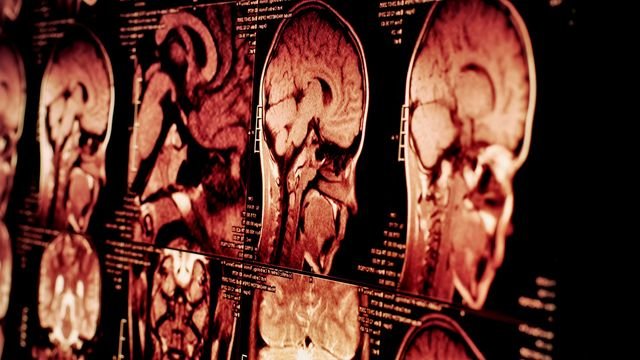Researchers at the Icahn School of Medicine at Mount Sinai have discovered a new mechanism for treating major depressive disorder (MDD) using the drug ezogabine. Initially approved by the FDA in 2011 for epilepsy, ezogabine targets KCNQ potassium channels in the brain, which regulate neuronal excitability.
Two recent studies published in *Biological Psychiatry* and *Molecular Psychiatry* investigate how ezogabine affects brain activity related to depression. Previous animal studies indicated that activating KCNQ channels could lead to antidepressant effects, prompting researchers to conduct a clinical trial reported in 2021. This trial demonstrated that ezogabine significantly improved depression symptoms and reduced anhedonia (the inability to feel pleasure) in patients compared to a placebo.
The research team used functional magnetic resonance imaging (fMRI) to analyze brain activity during treatment. The study in *Molecular Psychiatry* focused on the ventral tegmental area (VTA), a brain region essential for dopamine release, which is linked to motivation and reward. Results indicated that ezogabine normalized hyperactivity in the VTA among individuals with depression and anhedonia. This finding suggests that KCNQ channel openers could help correct dysfunctional reward processing in these patients.
The second study, published in *Biological Psychiatry*, examined the connectivity between brain regions involved in reward processing and broader brain networks, including the posterior cingulate cortex. This area is associated with self-referential thinking and negative emotions. The analysis revealed that patients who experienced greater improvements in depression and anhedonia after ezogabine treatment showed decreased connectivity between reward regions and the cingulate cortex. These results imply that ezogabine may alter communication within brain networks that regulate negative emotions.
Together, the findings from these studies suggest that targeting KCNQ potassium channels can modify brain circuits linked to depression and anhedonia. The researchers believe that by reducing interactions between reward centers and regions associated with negative emotions, ezogabine may exert its antidepressant effects.
Further clinical trials with larger participant groups are necessary to validate these results and explore the full potential of ezogabine in treating major depressive disorder.



